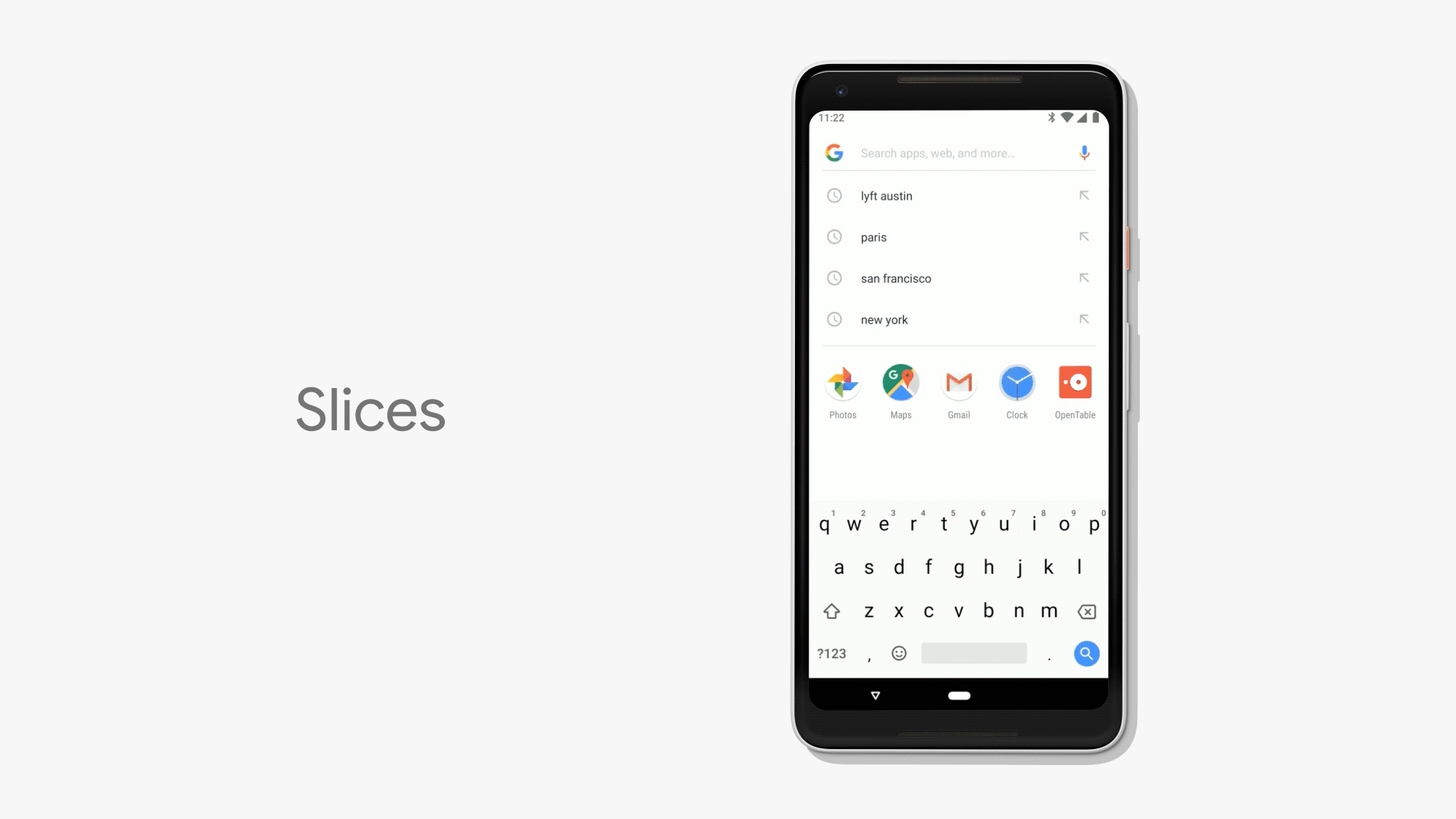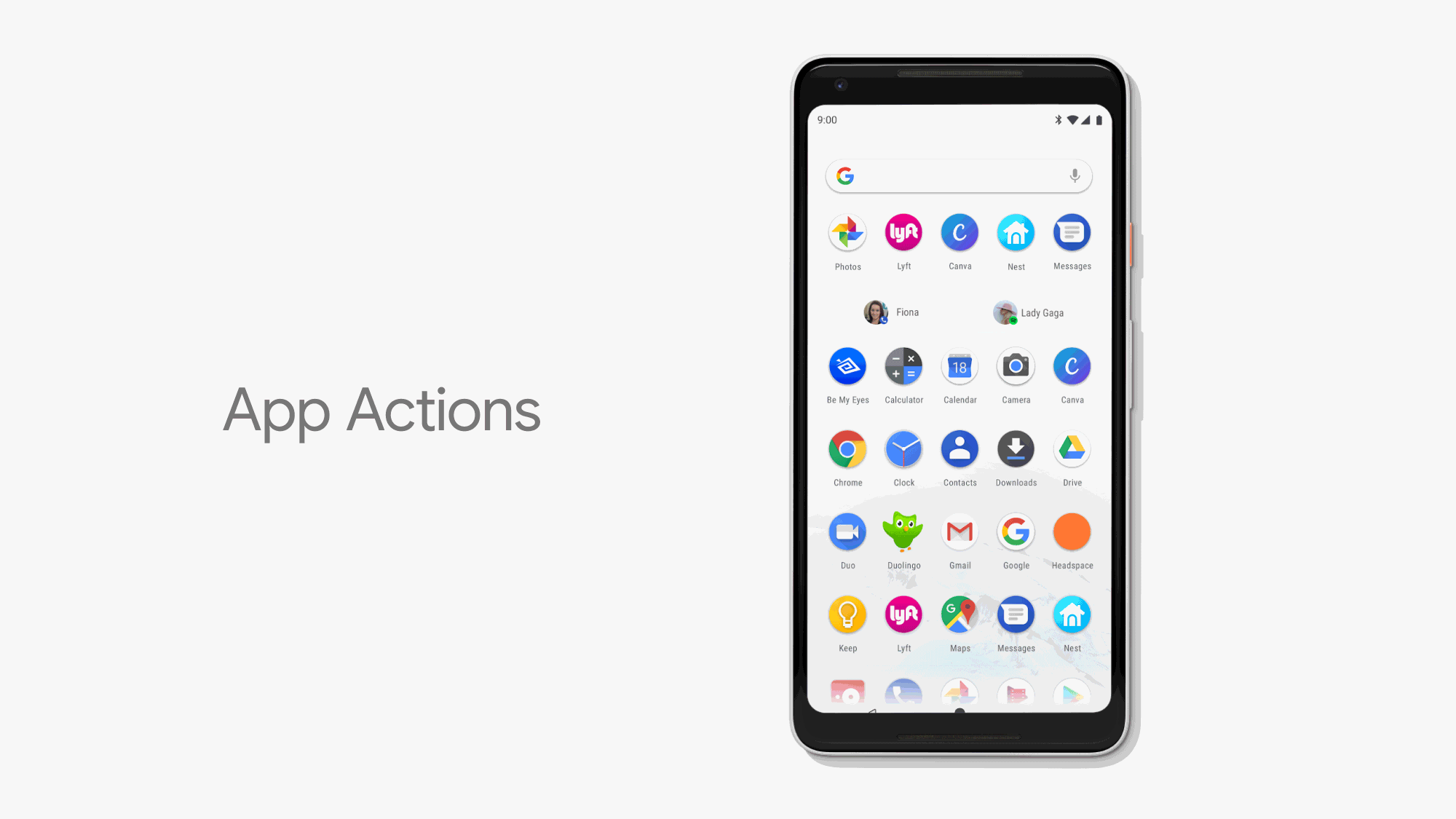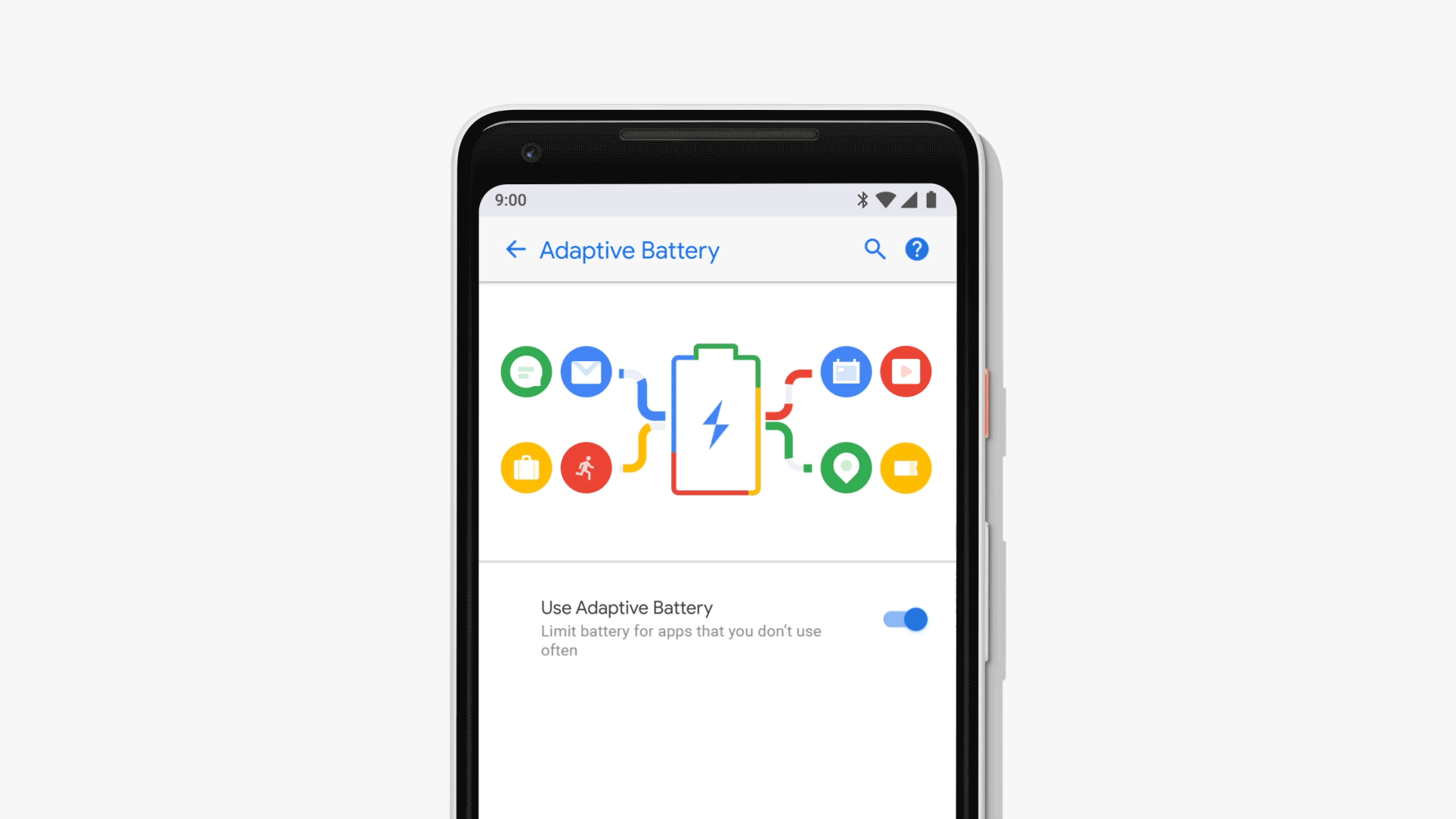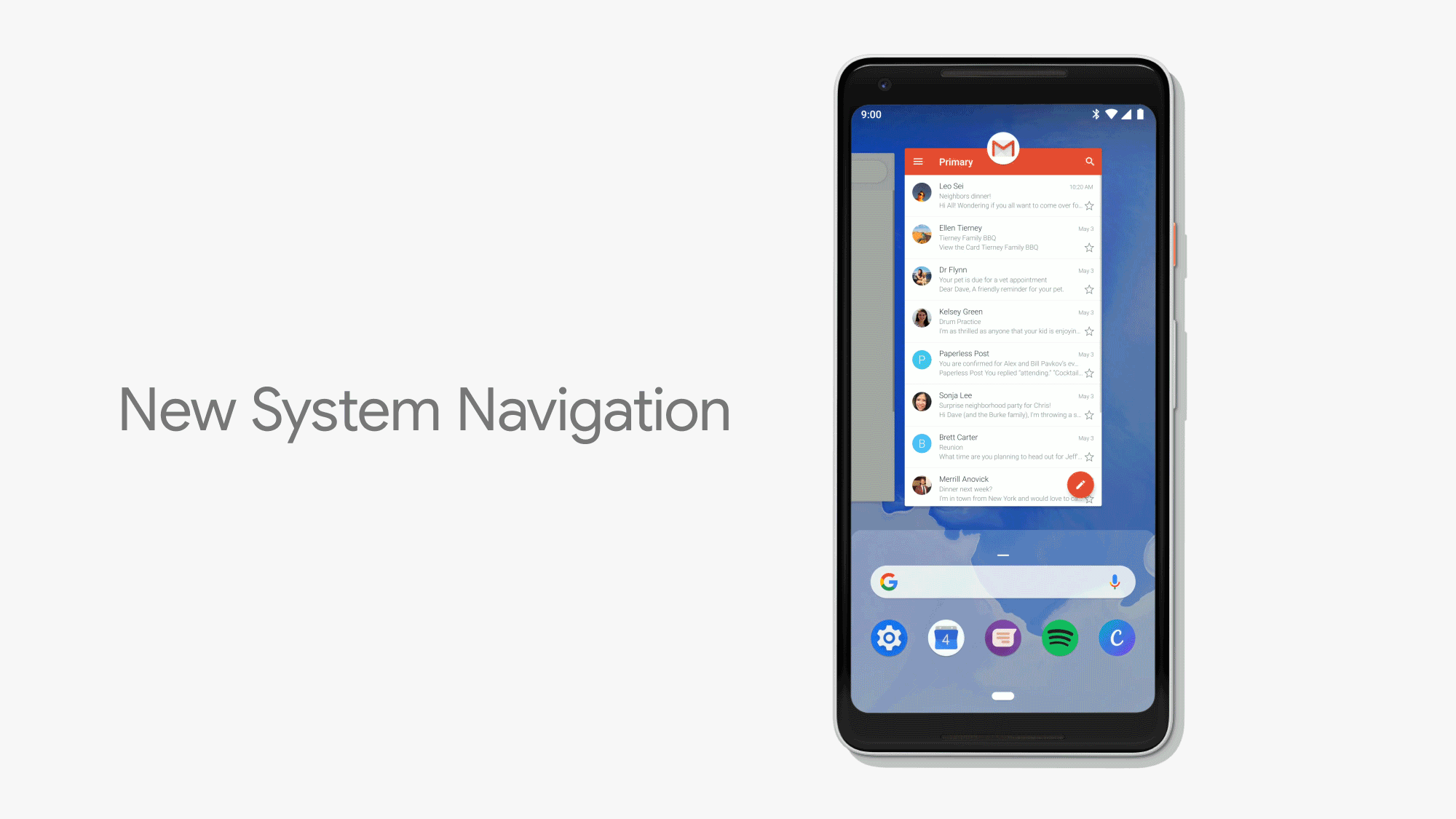Android P is the upcoming ninth major version of the Android operating system. It was first announced by Google on March 7, 2018, and the first developer preview was released on the same day.
Below is a list of updates to be released in the new upcoming Android P version that is said to be released to the public in August 2018:
- New user interface for the quick settings menu.
There has been a lot of complaints on how the UI is set for the quick settings. There has been as well many major changes in that area before but none of them has ever been able to fully satisfy the consumer, let’s hope this new version would do the trick. - The clock has moved to the left of the notification bar.
Usually, there are many notification icons lingering next to the clock on the right side, this might turn to be confusing at first but it does make more sense to put it on the left side. - Battery saver no longer shows an orange overlay on the notification and status bars.
Seems like orange is not everyone’s preferred color, whoever requested and thought of this change probably have OCD issues
- A “screenshot” button has been added to the power options.
Finally! as an android user, I have a lot of problems taking screenshots while holding two buttons at the same time, and the screen swipe feature was also a bit annoying since it takes a lot of time to get used to and could sometimes make things worse by possibly resetting the screen or redirecting the UI.
- A new “Lockdown” mode which disables biometric authentication once activated.
With security being the most important, this feature will allow users to lock-down their phones so that even the bio-metric would not work. In case that a person is in a situation where they could be either unconscious or sleeping, someone could use that to their advantage by stealing their phone and unlocking it without them knowing. - Rounded corners across the graphical user interface.
This is a minor design update similar to the previous ones but I still think the v5.0 had the best one. - New transitions for switching between apps, or activities within apps.
Even now there are many ways to switch between apps without having to close these apps but there were reports of some apps crashing and others not loading at all unless all other apps are closed.
Android is the world’s most popular mobile operating system, powering billions of devices ranging from phones to watches, tablets, TVs, and more.
- Richer messaging notifications, where a full conversation can be had within a notification, full-scale images, and smart replies akin to Google’s new app, Reply.
Android P will make messaging ten times faster and easier than to open and close the app every time to send a message. It will as well reduce the battery consumption. This update is very important for people that are working on their phones or writing emails that require a lot of time and would not worry about losing their work. - Redesigned volume slider.
Volume slide design did not change much. This redesign makes it easier to change the volume of different apps running at the same time. Like for example, the call ringtone volume and the music volume can be changed separately. This update started with previous versions as well but was improved in the Android P version. - Battery percentage now shown in Always-On Display.
Battery percentage is the most important piece of information the consumer needs to know. Displaying it in the Always-On Display makes much more sense. - Lock screen security changes include the possible return of an improved NFC Unlock.
NFC to unlock is a good feature to add, even though there are already plenty of unlock options. The NFC feature could help if the person in question is either driving or is in a situation that doesn’t allow them access to the phone physically like in a car accident.
Android runs on devices of all shapes and sizes, providing you a vast opportunity for continued user engagement.
- Experimental features currently hidden within “Feature Flags” such as a redesigned About Phone page in settings, and automatic Bluetooth enabling while driving.
The Bluetooth enabling while driving is one of the best updates in this version. The phone should ideally detect if you are in your car or not and turn on the Bluetooth without the driver having to pull over and/or get distracted while driving to activate it. This option is also available using assistant that could be taught to turn on the Bluetooth using voice commands. - DNS over TLS.
This is one of the most important updates in Android P that will eliminate countless security problems previously faced by hackers and malicious applications. - HEIF support.
The MPEG group claims that twice as much information can be stored in a HEIF image as compared to a JPEG one of the same size, while being in even better quality. That being so, this will not only cut storage consumption by half, it will increase the quality of all the images.
- A new gesture-based system interface, similar to the one found on the iPhone X and other devices.
We tested this feature with the selfies by waving the hand. We also tested the screenshot that works by swiping the hand across the screen which was annoying as hell and didn’t work most of the time. More gestures are added, you can find most of them on the official update page once the new version is released. - Redesigned, horizontal multitask app switcher with Google search bar and app drawer built in.
This will help people that need to access apps quickly without having to go through the hassle of searching in the app list. I use the google search more times during the day than I can count and always use the fast search bar (widget) on the home screen. - A “Digital Wellbeing” feature which discourages excessive usage of your phone.
Well, this should be interesting, I have never seen anything similar before… - Placing the phone face down will mute notifications but allow emergencies to come through.
This makes sense. especially if the person in question is in a situation with no visual of their phone. - An Adaptive Battery feature that maximizes battery power by prioritizing the apps you’re most likely to use next.
YES, we need more battery time and this helps cut the consumption by a lot. I have yet to see a smartphone or a tablet that lasts a full 24 hrs without the battery becoming completely drained. - Improved Adaptive Brightness feature which modifies screen brightness based on your own personal preferences.
Screen brightness is one of the leading causes of excess battery consumption which makes it a key feature in the Android P version. - Always-On Display now hides notification.
I am not a big fan of the Always-On Display feature even though it helps in reducing the battery consumption. Hiding notifications would not help much since most people need to see these notifications on their screen without the need to unlock their phone. This means that the change is purely for security reasons. - Keyboard Switcher button is shown in the navigation bar when the keyboard is activated.
I always liked the swipe option that is there now.
Well that’s about it for the updates, there are a few more that are not included in the list above but we covered most of the important ones. I can’t wait for the live Android P version update to be released to download it. What about you? answer the poll on the left of the post or share your comments or ideas in the comment section below.







![How Green is the iPhone [Infographic] How Green is the iPhone](https://www.skillzme.com/wp-content/uploads/2025/02/hero-image-How-Green-is-the-iPhone-200x200.jpg)


What does P stand for? Huawei simply uncovers it is to be called Android Pistachio?
Hi Salman, It has not been decided/declared yet what it stands for but I am hoping for Android Pizza 🙂
This is cool! I can’t wait to download it